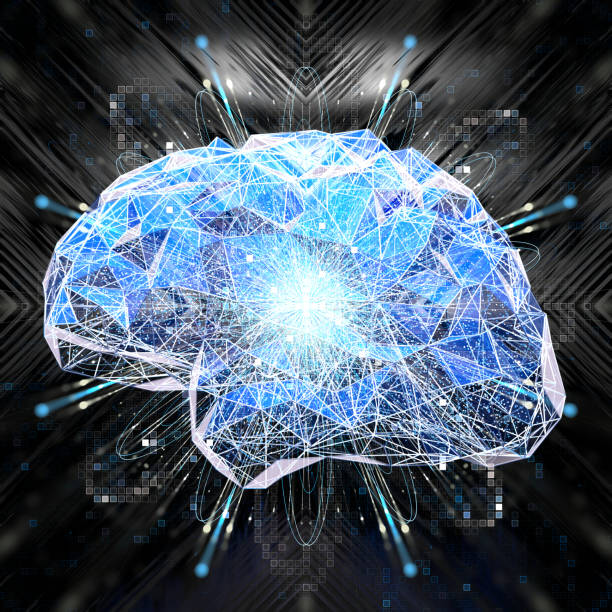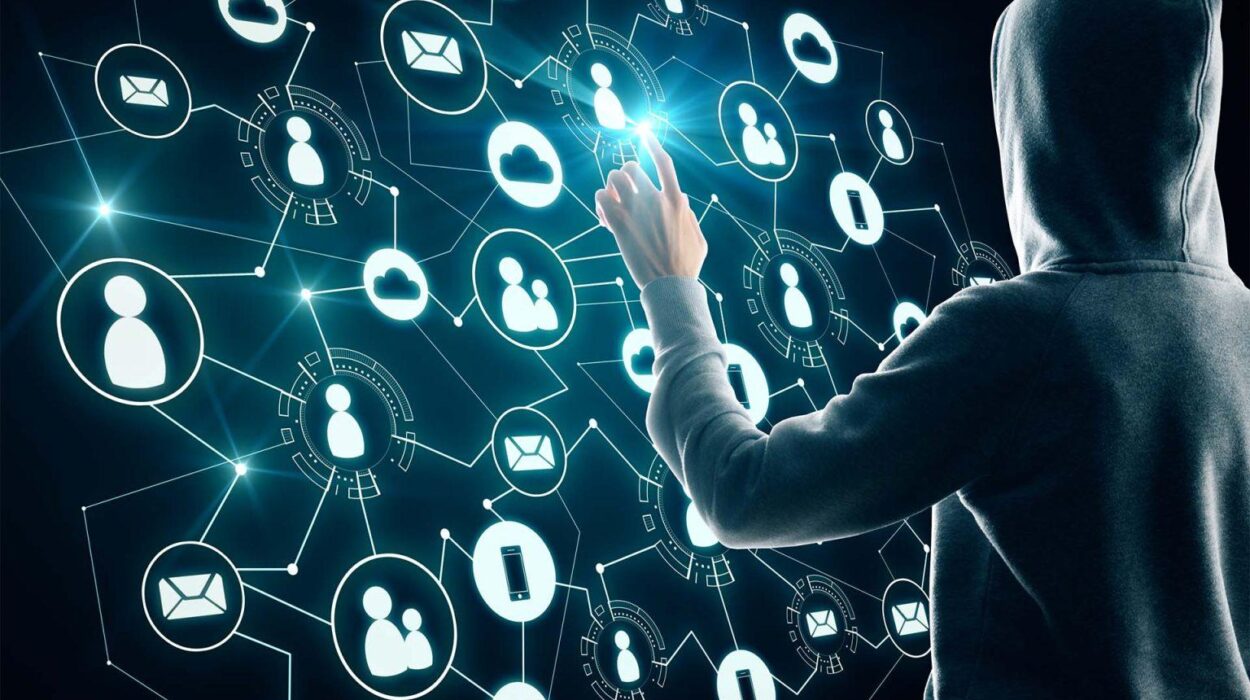Eclipses have fascinated humanity since the dawn of civilization. They are among the most spectacular celestial events visible to the naked eye, moments when the predictable harmony of the heavens is briefly interrupted by cosmic alignment. To ancient people, eclipses inspired awe, fear, and reverence; to modern science, they represent predictable and explainable phenomena that reveal deep truths about celestial mechanics, orbital dynamics, and even the structure of our universe. Understanding how and why eclipses occur offers a window into the delicate clockwork of the solar system and reminds us that we live in a universe governed by precise laws of motion and light.
Both solar and lunar eclipses occur because the Sun, Earth, and Moon occasionally align in a straight or nearly straight line. Yet, though this alignment may seem simple, it depends on precise geometry, timing, and the tilt of orbits. To truly demystify eclipses, one must explore their nature, their differences, the underlying celestial mechanics that produce them, and the safe ways to observe these breathtaking events.
The Cosmic Geometry of Eclipses
At its core, an eclipse is a shadow event. When one celestial body passes into the shadow of another, sunlight is either blocked or obscured, producing an eclipse. In our Earth-Moon-Sun system, two main types of eclipses occur: solar eclipses, when the Moon’s shadow falls on Earth, and lunar eclipses, when the Earth’s shadow falls on the Moon.
For an eclipse to take place, the Sun, Earth, and Moon must align in a straight line or close to it. However, this alignment does not happen every month, despite the Moon orbiting Earth approximately every 29.5 days. The reason lies in the tilt of the Moon’s orbital plane. The Moon’s orbit is inclined about 5 degrees relative to Earth’s orbit around the Sun, called the ecliptic plane. Most months, the Moon passes slightly above or below the Sun’s apparent path in the sky, resulting in no eclipse.
Eclipses occur only when the Moon crosses the ecliptic at points called nodes, and when this happens near the time of a new moon or full moon, the alignment becomes perfect enough for an eclipse to occur. These points, known as the ascending and descending nodes, slowly shift over time due to gravitational influences, completing a full cycle roughly every 18.6 years. This slow precession explains why eclipse seasons repeat predictably but not identically.
Solar Eclipses: When Day Turns to Night
A solar eclipse occurs when the Moon passes directly between Earth and the Sun, casting its shadow on our planet. From the perspective of an observer on Earth, the Moon appears to partially or completely cover the Sun. This event can only happen during the new moon phase, when the Moon lies between Earth and the Sun.
The Moon’s shadow has two distinct parts: the umbra, where the Sun is completely obscured, and the penumbra, where only a portion of the Sun’s light is blocked. Observers located within the umbra experience a total solar eclipse, while those in the penumbra see a partial eclipse. Because the Moon’s shadow is relatively small, only a narrow region of Earth—typically about 100 to 200 kilometers wide—experiences totality during any given event.
During a total solar eclipse, the day briefly turns to night. The sky darkens, stars become visible, and the Sun’s outer atmosphere, known as the corona, emerges in a dazzling display of ethereal light. The temperature drops noticeably, and animals often react as if twilight has arrived. This sudden transformation of the familiar daytime world is one of nature’s most surreal experiences.
Solar eclipses, however, come in several variations depending on the apparent sizes of the Sun and Moon as seen from Earth. Because both orbits are elliptical, the distances between the Earth, Moon, and Sun vary slightly. When the Moon is near perigee, its closest point to Earth, it appears large enough to completely cover the Sun, resulting in a total solar eclipse. When it is near apogee, its farthest point, the Moon appears slightly smaller than the Sun, leaving a ring of sunlight visible around its dark disk—this is an annular eclipse. In between these extremes are hybrid eclipses, where the event shifts between total and annular along different parts of the eclipse path.
The Path of Totality and Why It Is So Narrow
The reason total solar eclipses are visible only within a narrow band on Earth is due to geometry. The Moon’s umbral shadow forms a cone that extends about 380,000 kilometers into space. When this cone intersects Earth’s surface, it traces a narrow path—the path of totality. Because Earth is constantly rotating, the shadow sweeps rapidly across the planet’s surface, typically moving at over 1,600 kilometers per hour.
Outside this narrow corridor lies the penumbral shadow, where observers experience only a partial eclipse. The duration of totality, when the Sun is completely covered, can range from a few seconds to about seven and a half minutes, depending on the relative distances and positions of Earth and Moon. The last total solar eclipse with the maximum possible duration occurred in 1973, and it lasted just over seven minutes.
The rarity and transience of total solar eclipses contribute to their mystique. Any given location on Earth experiences totality only once every 300 to 400 years on average. However, somewhere on Earth, a total solar eclipse occurs roughly every 18 months.
The Science and Discovery Behind Solar Eclipses
Solar eclipses have played a crucial role in advancing astronomical science. In ancient times, they were seen as omens or divine interventions, but as civilizations matured, eclipses became tools for understanding celestial mechanics. Babylonian astronomers first recognized eclipse cycles thousands of years ago, developing early predictive methods based on the Saros cycle, which spans approximately 18 years and 11 days.
In modern history, eclipses have offered rare opportunities for scientific discovery. During the total solar eclipse of 1868, French astronomer Jules Janssen and English astronomer Norman Lockyer independently observed a mysterious spectral line in the Sun’s corona, leading to the discovery of the element helium—long before it was found on Earth.
The 1919 total solar eclipse became a milestone in physics when Sir Arthur Eddington’s expedition confirmed Albert Einstein’s prediction of gravitational light bending. Observing the apparent shift in star positions near the eclipsed Sun, Eddington provided the first empirical support for general relativity. Such observations remind us that eclipses are not only spectacles of beauty but also windows into the workings of the universe.
Lunar Eclipses: Earth’s Shadow on the Moon
While solar eclipses involve the Moon’s shadow on Earth, a lunar eclipse occurs when Earth’s shadow falls on the Moon. This can only happen during the full moon phase, when the Moon is opposite the Sun in the sky. Unlike solar eclipses, lunar eclipses are visible from anywhere on Earth where the Moon is above the horizon, making them far more accessible to observers.
As the Earth moves between the Sun and the Moon, its shadow gradually engulfs the lunar surface. The shadow also consists of two regions: the penumbra, where Earth blocks part of the Sun’s light, and the umbra, where all direct sunlight is blocked. Depending on how deeply the Moon passes through these regions, different types of lunar eclipses occur—penumbral, partial, or total.
In a penumbral lunar eclipse, the Moon only passes through the faint outer portion of Earth’s shadow, leading to subtle dimming that can be difficult to notice with the naked eye. In a partial eclipse, a portion of the Moon enters the umbra, creating a sharp contrast between the illuminated and darkened areas. The most striking type, however, is the total lunar eclipse, when the entire Moon passes into Earth’s umbra.
The Blood Moon and Its Cause
During totality, the Moon does not disappear entirely. Instead, it takes on a deep reddish or copper hue, earning the nickname “Blood Moon.” This coloration occurs because some sunlight still reaches the Moon after being filtered and refracted by Earth’s atmosphere.
Earth’s atmosphere scatters shorter wavelengths of light—such as blue and violet—while allowing longer wavelengths, like red and orange, to pass through. The same effect that paints sunsets red also illuminates the eclipsed Moon. The intensity of this coloration depends on atmospheric conditions; after volcanic eruptions or large-scale wildfires, the Moon can appear even darker due to increased particulate matter in the air.
A total lunar eclipse can last for several hours, with the totality phase lasting up to about 1 hour and 40 minutes. This leisurely pace allows observers to enjoy the gradual transition, unlike the fleeting moments of total solar eclipses.
Orbital Dynamics and the Eclipse Seasons
Eclipses do not occur every month because of the Moon’s orbital inclination relative to Earth’s path around the Sun. The points where the Moon’s orbit crosses the ecliptic—the nodes—are critical for eclipses. For an eclipse to occur, the Sun must be near one of these nodes during the new or full moon. This happens roughly twice per year, during periods called eclipse seasons, which last about 34 to 38 days.
Each eclipse season typically features at least one solar and one lunar eclipse, and occasionally more. The timing of these seasons shifts over the years due to the gradual movement of the nodes, a motion known as regression of the nodes. This motion repeats every 18.6 years, meaning that the geometry of eclipses also repeats with that same period, giving rise to cycles like the Saros.
The Saros cycle is a powerful predictive tool. Every 223 synodic months—approximately 18 years, 11 days, and 8 hours—Earth, Moon, and Sun return to nearly the same relative positions, resulting in a nearly identical eclipse. However, because of the extra 8 hours, each successive eclipse in the same Saros series occurs about 120 degrees west of the previous one.
Historical and Cultural Significance of Eclipses
Throughout history, eclipses have inspired myth, fear, and scientific curiosity. Ancient civilizations often interpreted them as omens or divine messages. The Babylonians and Chinese recorded eclipses meticulously, associating them with royal fortunes or cosmic warnings. In ancient China, solar eclipses were thought to occur when a celestial dragon devoured the Sun, prompting rituals and drum-beating to frighten it away.
In ancient Greece, eclipses were gradually demystified. Philosophers such as Anaxagoras and Aristotle proposed that eclipses were natural phenomena caused by the alignment of celestial bodies. Their reasoning laid the foundation for the scientific method’s reliance on observation and explanation rather than superstition.
In some cultures, eclipses marked moments of transformation or rebirth. The Mayans, skilled astronomers who could predict eclipses with remarkable accuracy, saw them as part of a cyclical cosmic order. In India, mythology described the demon Rahu swallowing the Sun or Moon, symbolizing the eternal struggle between light and darkness.
Even in modern times, eclipses evoke a sense of shared wonder. During the total solar eclipse of 2017 across the United States, millions gathered under the path of totality, witnessing the celestial event in collective awe—a reminder that, despite technological progress, the cosmos still has the power to humble and unite humanity.
The Physics of Light and Shadow
The phenomenon of eclipses is governed by the behavior of light and the geometry of shadows. When an opaque object blocks light from a luminous source, it creates a shadow consisting of regions of full and partial darkness. The umbra is the area of complete shadow where no direct light reaches, while the penumbra is the region of partial shadow where only part of the light source is obscured.
In the case of solar eclipses, the Moon’s umbra reaches Earth’s surface as a small dark spot, surrounded by the penumbra that produces partial eclipses. Because the Sun is about 400 times farther away than the Moon but also about 400 times larger in diameter, the two appear nearly the same size in the sky. This coincidence allows total solar eclipses to occur—a cosmic alignment unique to our epoch.
In lunar eclipses, the Earth’s shadow on the Moon is much larger than the Moon itself, so the event can be seen from the entire night side of Earth. This geometry also explains why total lunar eclipses last much longer than total solar ones.
Observing Eclipses Safely and Effectively
Viewing an eclipse is one of the most awe-inspiring experiences an observer can have, but it must be done safely. During a solar eclipse, looking directly at the Sun without protection can cause permanent eye damage. The retina lacks pain receptors, so damage can occur silently and irreversibly.
Safe solar observation requires proper equipment, such as eclipse glasses with certified solar filters that meet ISO 12312-2 standards. Regular sunglasses, even very dark ones, are not safe. Alternatively, indirect viewing methods—like pinhole projectors or solar telescopes equipped with approved filters—allow safe observation.
During the brief period of totality in a total solar eclipse, when the Sun’s disk is completely obscured, it is safe to look with the naked eye. However, as soon as any part of the Sun’s surface reappears, protective viewing must resume immediately.
Lunar eclipses, by contrast, are completely safe to view without protection. Binoculars or telescopes can enhance the experience, revealing subtle details on the lunar surface as Earth’s shadow gradually sweeps across it. Observers can even note color changes during totality, which can provide indirect information about Earth’s atmospheric conditions.
Eclipses and Modern Space Science
In the era of space exploration, eclipses continue to hold scientific value. Satellites and space telescopes often use eclipses to calibrate instruments or study the solar corona. During a solar eclipse, the sudden drop in sunlight allows scientists to measure atmospheric reactions and solar wind effects. Lunar eclipses also help scientists study Earth’s atmosphere by analyzing the light refracted through it before reaching the Moon.
Eclipses also serve as natural laboratories for exoplanet studies. When a planet passes in front of its star, it creates a “mini-eclipse” known as a transit. By observing how a star’s brightness dims during a transit, astronomers can determine the planet’s size, orbit, and even atmospheric composition. Thus, studying eclipses within our solar system helps refine techniques for exploring distant worlds.
The Predictability and Beauty of Celestial Order
One of the most remarkable aspects of eclipses is their predictability. Thanks to centuries of astronomical observation and mathematical modeling, scientists can forecast eclipses thousands of years in advance. This precision demonstrates the elegance of celestial mechanics and the reliability of Newtonian and Einsteinian physics.
Yet, despite their predictability, eclipses remain profoundly emotional experiences. The sight of the Sun’s corona during totality, the gradual darkening of the lunar surface, or the silent unity of millions of observers watching the same celestial event—all remind us of our place in the cosmos.
Eclipses serve as cosmic alignments not just of celestial bodies but of human curiosity, science, and wonder. They connect the past and future, myth and mathematics, emotion and reason.
The Future of Eclipses and Human Observation
Eclipses will continue to occur for millions of years, but they will not always look the same. Because the Moon is slowly receding from Earth at a rate of about 3.8 centimeters per year, total solar eclipses will eventually cease. In about 600 million years, the Moon will appear too small to completely cover the Sun, and only annular eclipses will be possible.
Until then, humanity remains privileged to witness one of the most exquisite coincidences in cosmic history—the near-perfect size match between Sun and Moon as viewed from Earth. Each eclipse offers a reminder of this fleeting balance and our place within a vast, evolving universe.
With every eclipse season, whether solar or lunar, we are invited to pause and look upward—to witness the silent precision of cosmic motion, to feel connected to the larger universe, and to appreciate that our small planet and its single moon can produce such grandeur.
Eclipses, demystified through science yet never stripped of wonder, stand as proof that beauty and understanding can coexist. They show that even the most extraordinary celestial events are not miracles of chance but outcomes of a universe governed by harmony, mathematics, and light. Through every shadow cast and every ray refracted, eclipses remind us that we inhabit a cosmos of profound and elegant order.






